Sunday, June 1, 2008
Bothe–Napa Valley State Park Campgrounds
Tucked against the western edge of upper Napa Valley, secluded Bothe–Napa Valley State Park provides relief from the area’s endless flow of vineyards, traffic, and tourist activity. The only public campground in the area, Bothe (BO-thee)–Napa makes an ideal base camp for exploring the diverse woodlands of the surrounding hills, marveling at America’s largest wooden waterwheel, and savoring the wines of nearby vintners. In the years preceding the California Gold Rush, fields of wheat and livestock—not grapes—filled Napa Valley, providing sustenance to San Francisco de Solano Mission in neighboring Sonoma Valley. Dr. Edward Turner Bale, an Englishman turned Mexican citizen, acquired a land grant of nearly 18,000 acres in the area around today’s park and constructed one of the first mills in the region for processing wheat into flour. A colorful character known for his drinking habits, Dr. Bale was a Surgeon-in-Chief for the Mexican army in the early 1840s. He married the niece of General Mariano Vallejo, was publicly flogged in Sonoma for questioning the honesty of General Vallejo’s younger brother Salvador Vallejo, subsequently shot Salvador in the back, was pardoned by the Mexican governor of California, ran off to the gold fields in 1848, got sick, and died the following year at age 38. His land was slowly divided up over time and in 1929 Reinhold Bothe acquired the land of today’s state park, developing it as a private camping resort until it was turned over to the state park system in 1960. Bale’s mill passed through a variety of owners, was upgraded with a huge 36-foot-diameter waterwheel in the early 1850s, and used to commercially process wheat until the turn of the century. Today, the nearby mill has been painstakingly restored—it houses a visitor center and museum and its giant waterwheel turns again. © Copyright Matt Heid Published by Wilderness Press. All Rights Reserved
Subscribe to:
Post Comments (Atom)


Not Camping Just Fun!
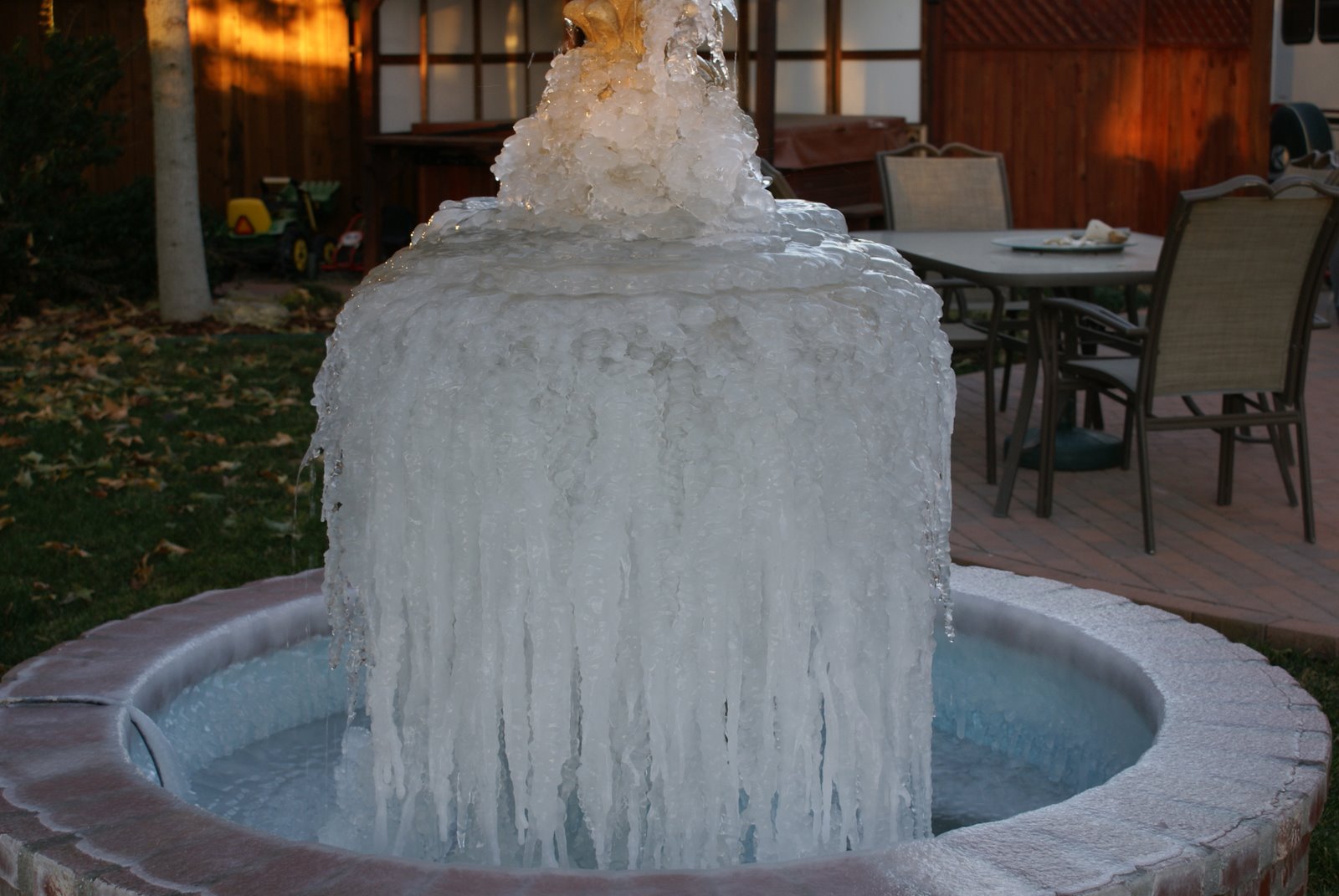
Frozen Fountain in our old backyard!
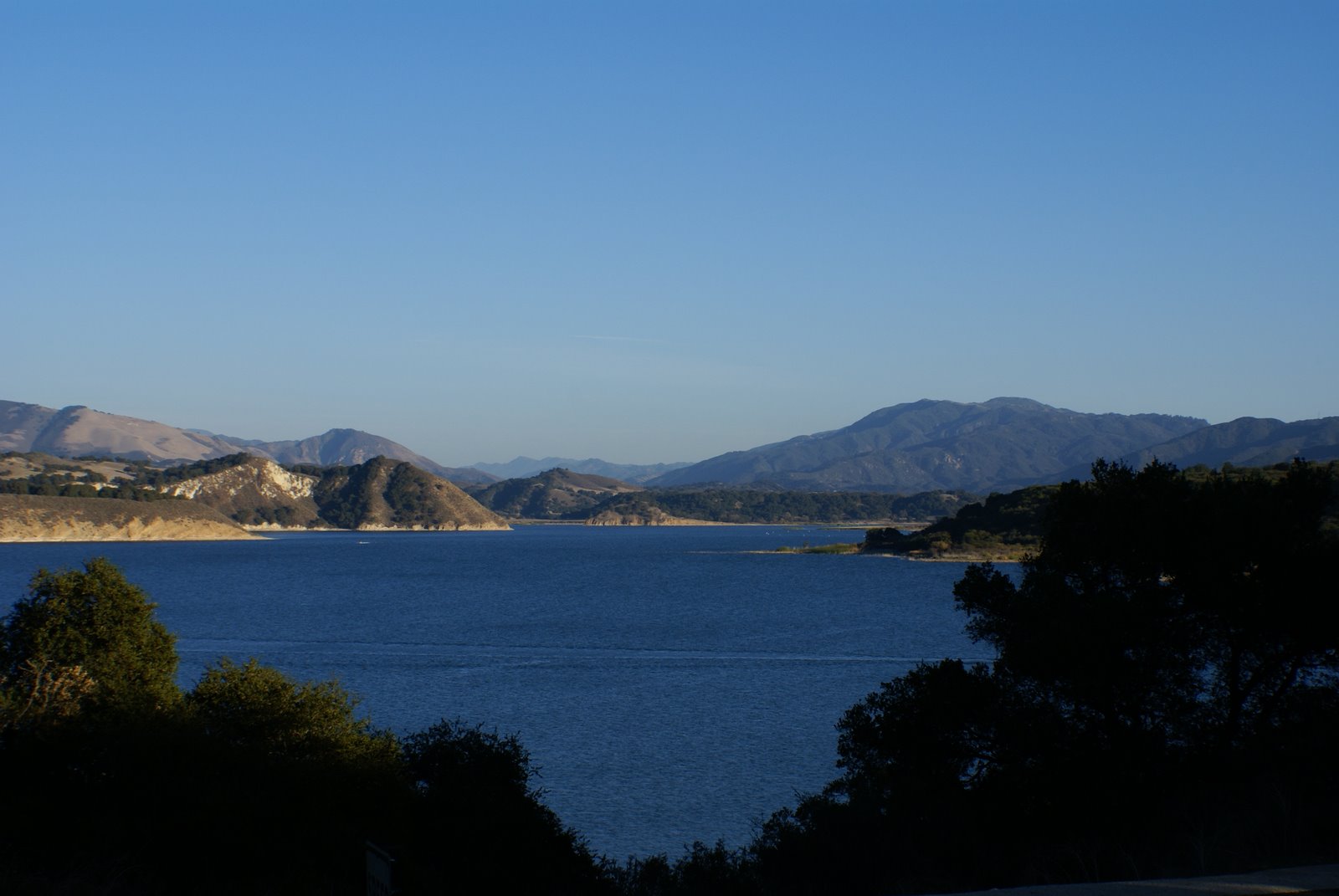
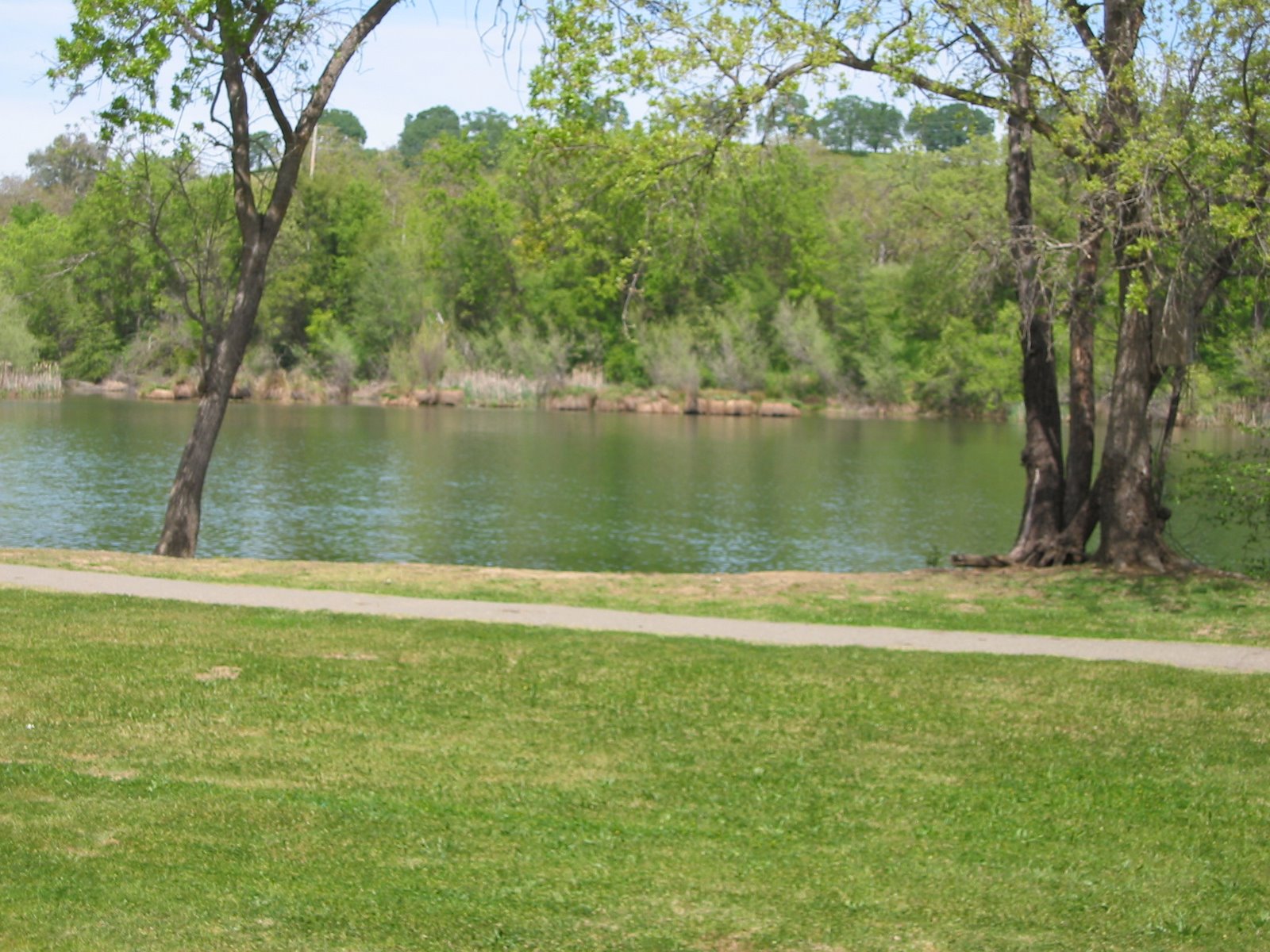




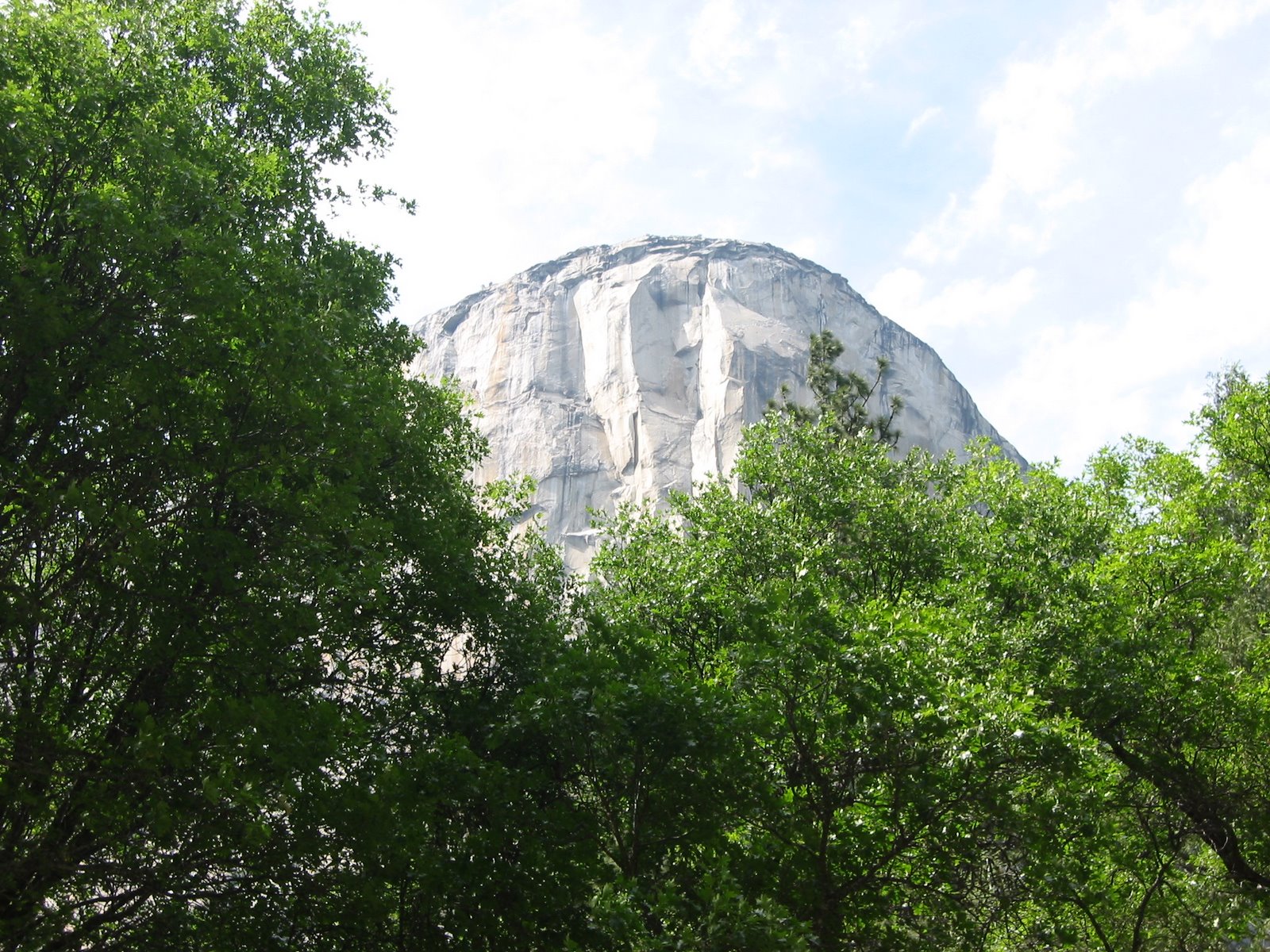

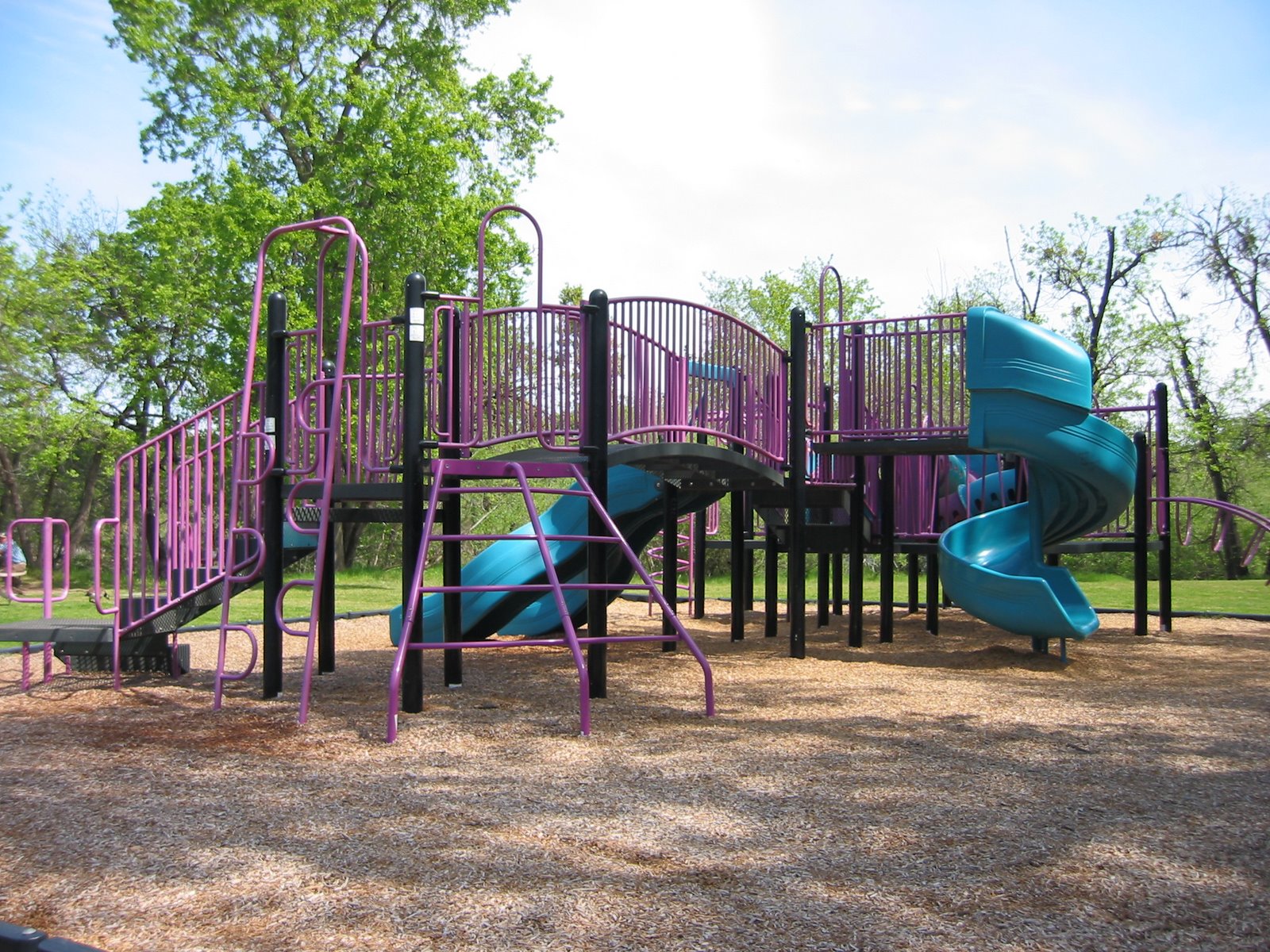
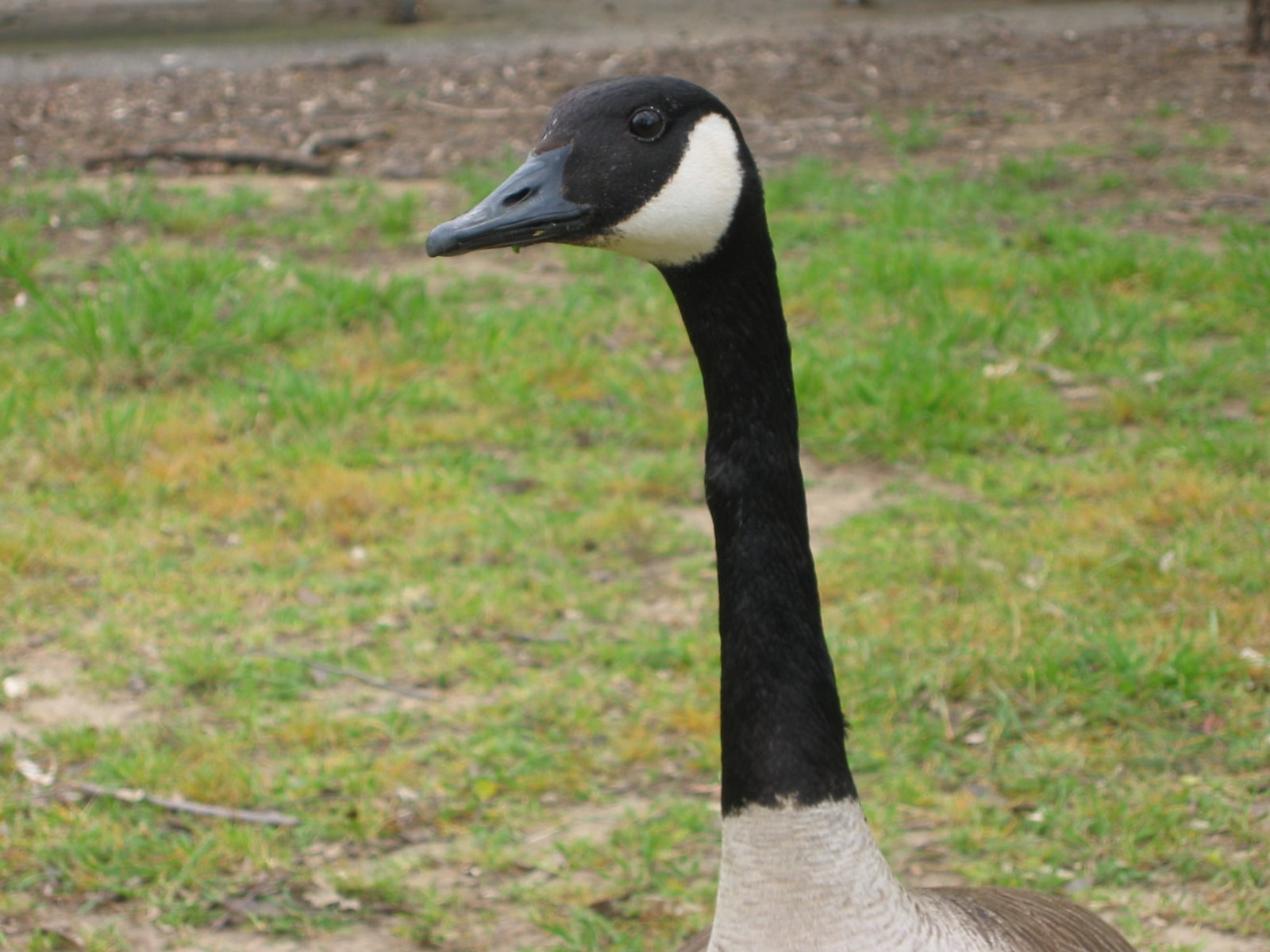

No comments:
Post a Comment